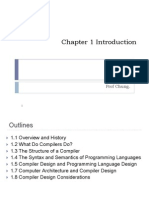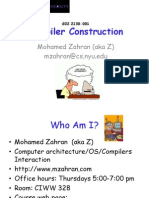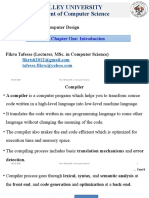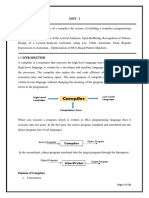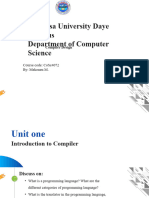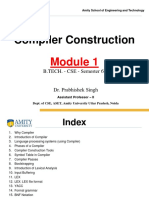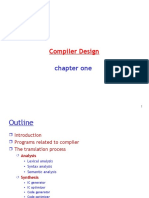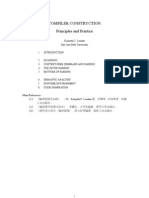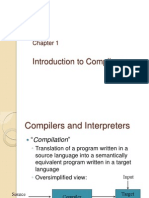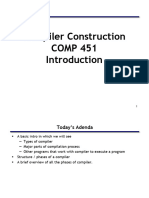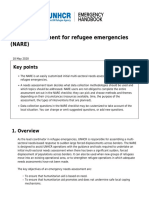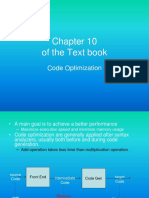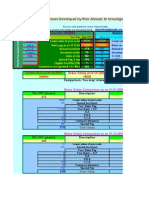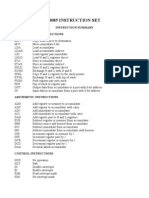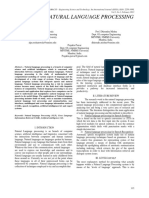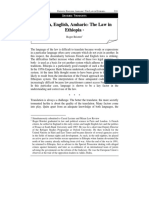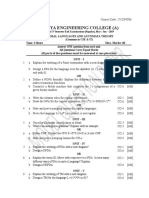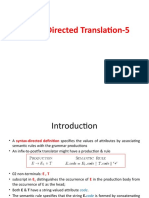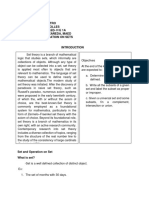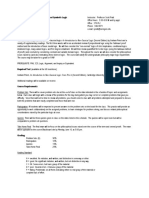0% found this document useful (0 votes)
257 views22 pagesIntroduction To Compiler Design (CD) : Mu-Mit
This document provides an overview of the topics that will be covered in an introduction to compiler design course. The course is organized into 8 chapters covering topics like lexical analysis, syntax analysis, intermediate code generation, code generation, and code optimization. Students will complete labs and a group project. Evaluation will include quizzes, lab assignments, exams, and a project. The goal of the course is to understand the principles and techniques used to design compilers.
Uploaded by
zemikeCopyright
© © All Rights Reserved
We take content rights seriously. If you suspect this is your content, claim it here.
Available Formats
Download as PDF, TXT or read online on Scribd
0% found this document useful (0 votes)
257 views22 pagesIntroduction To Compiler Design (CD) : Mu-Mit
This document provides an overview of the topics that will be covered in an introduction to compiler design course. The course is organized into 8 chapters covering topics like lexical analysis, syntax analysis, intermediate code generation, code generation, and code optimization. Students will complete labs and a group project. Evaluation will include quizzes, lab assignments, exams, and a project. The goal of the course is to understand the principles and techniques used to design compilers.
Uploaded by
zemikeCopyright
© © All Rights Reserved
We take content rights seriously. If you suspect this is your content, claim it here.
Available Formats
Download as PDF, TXT or read online on Scribd
/ 22





